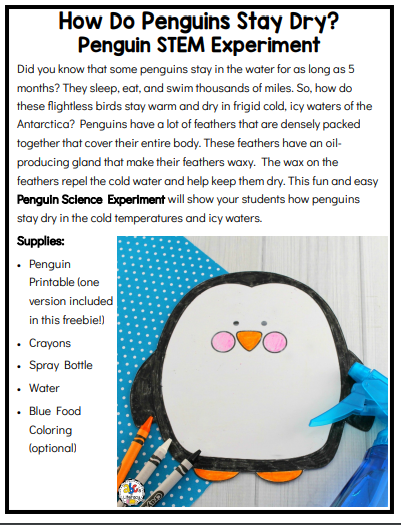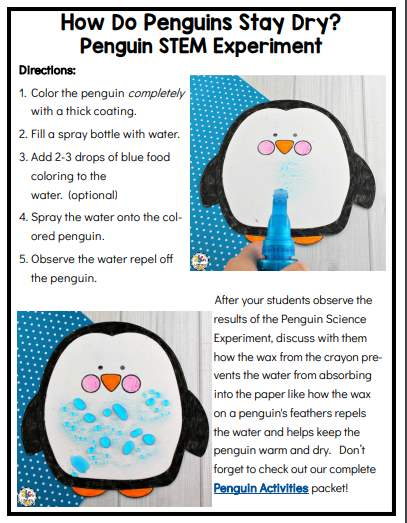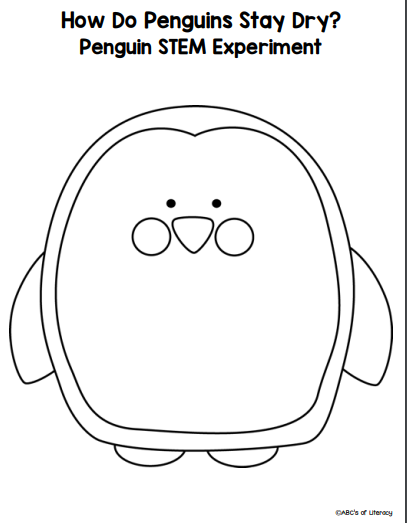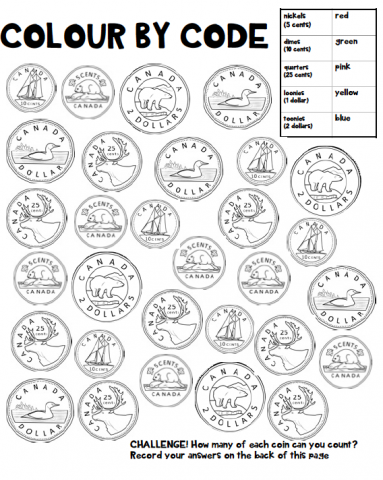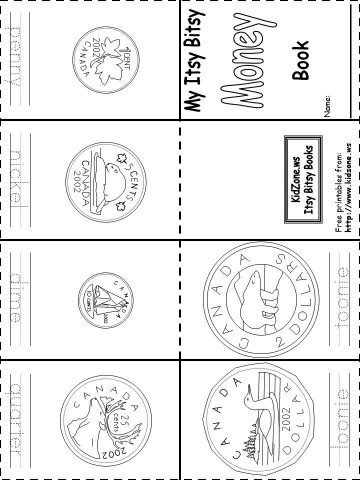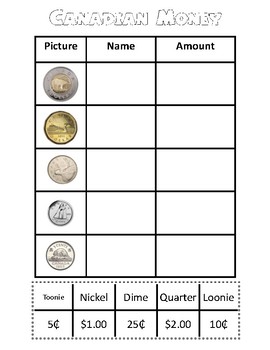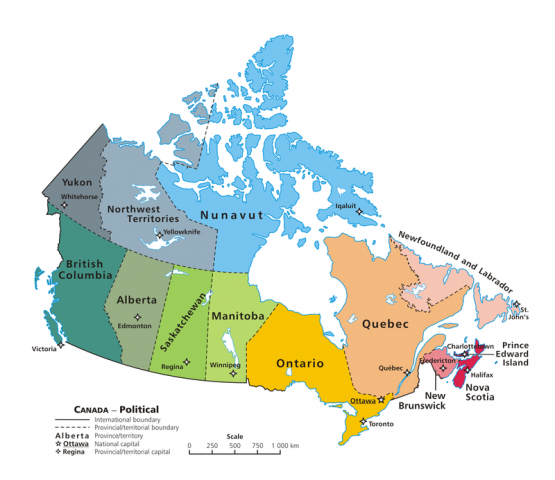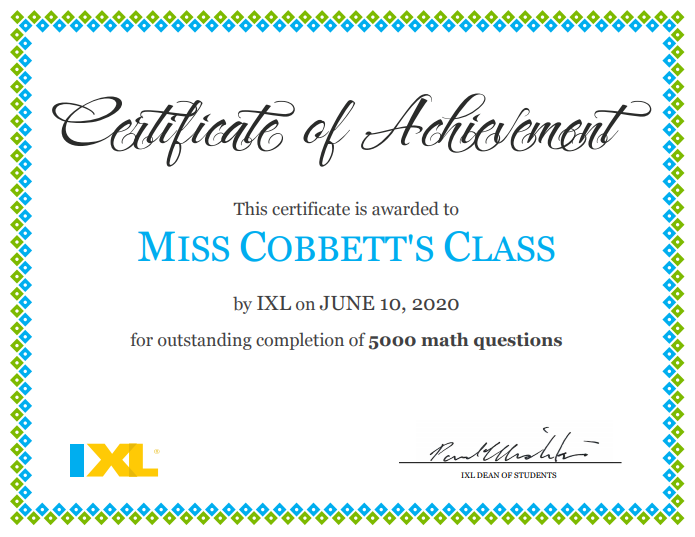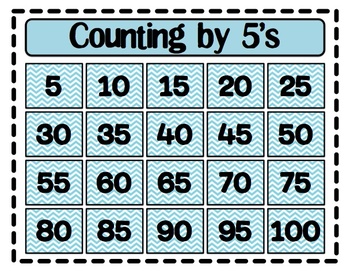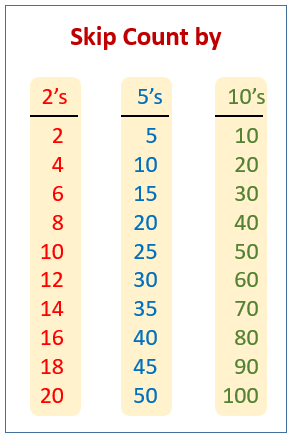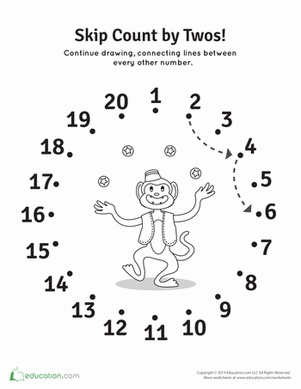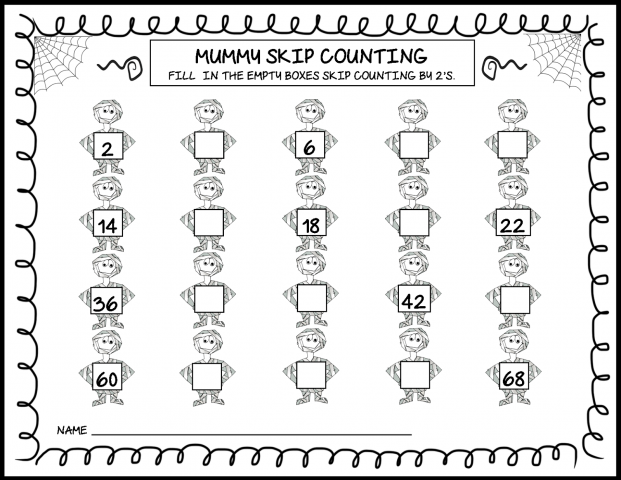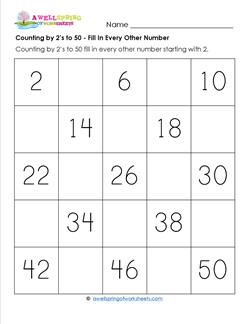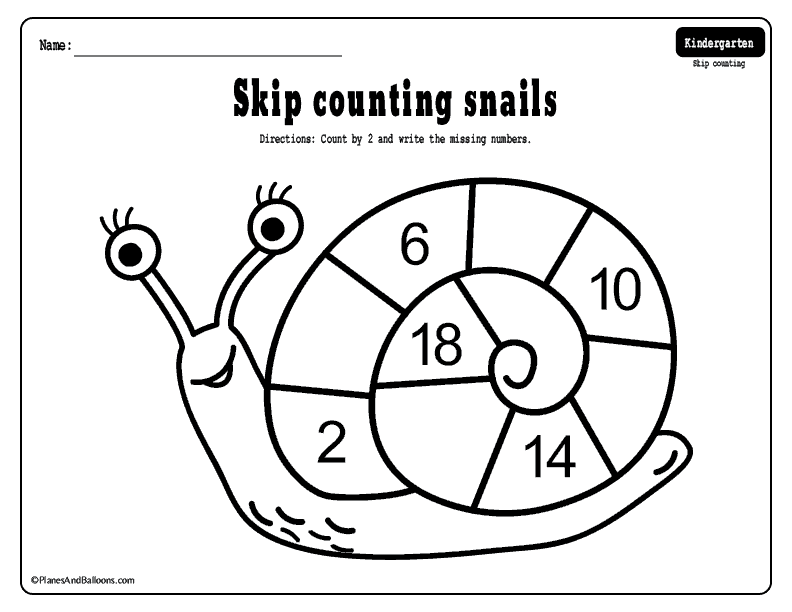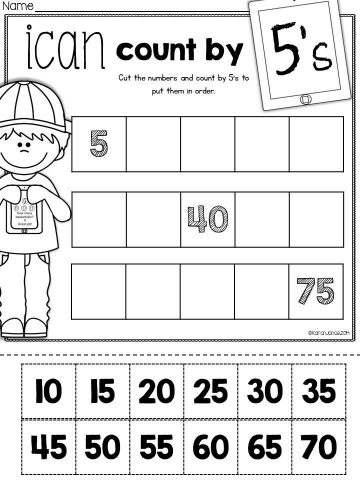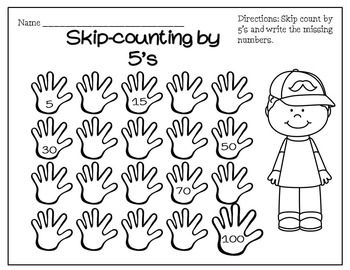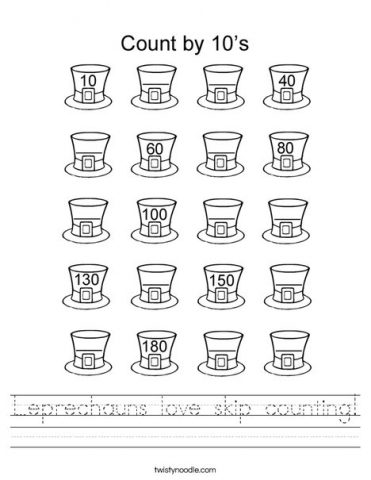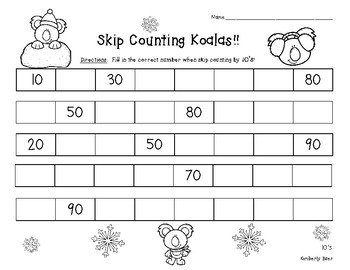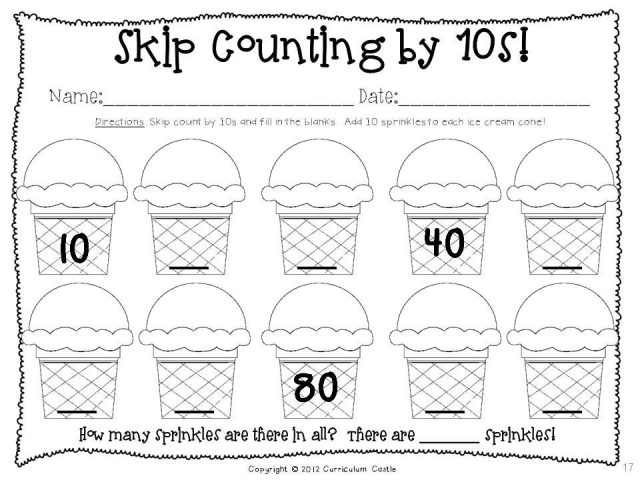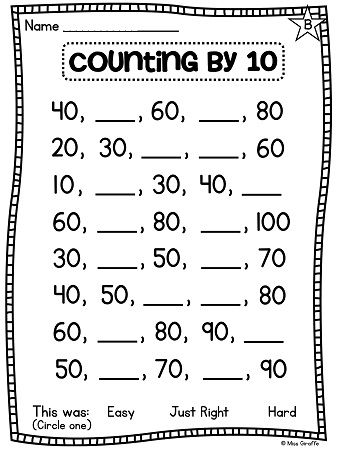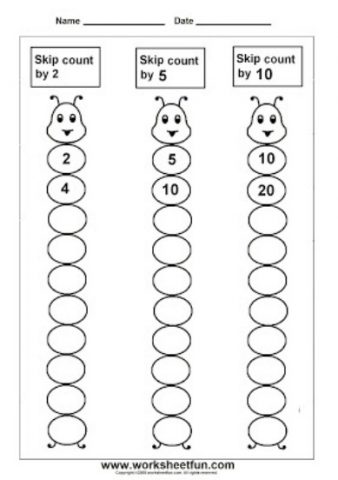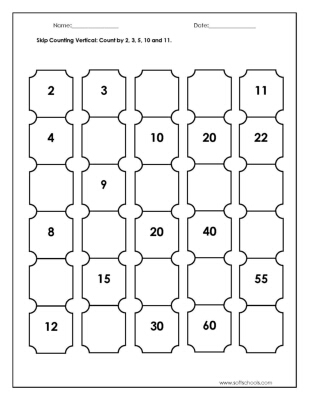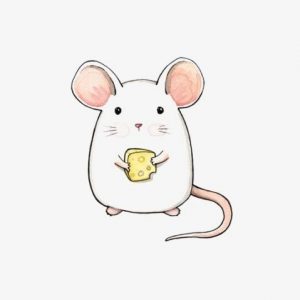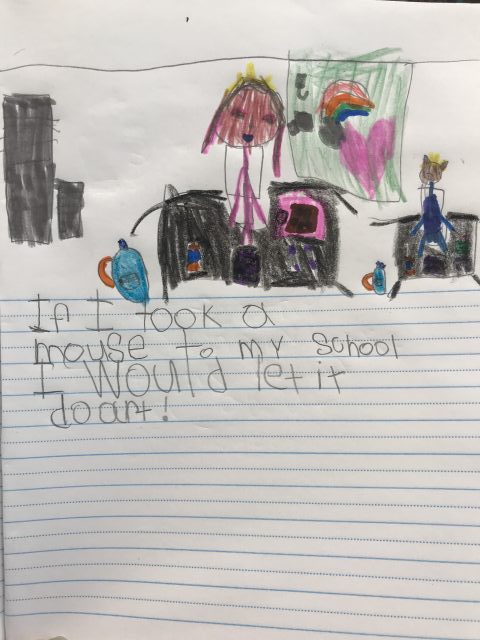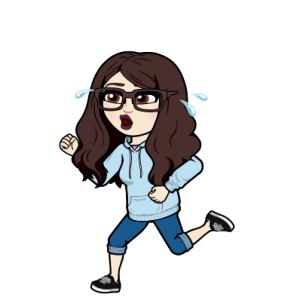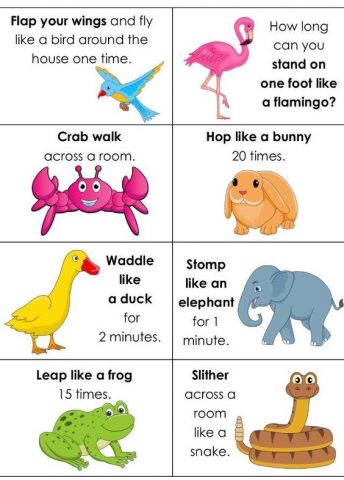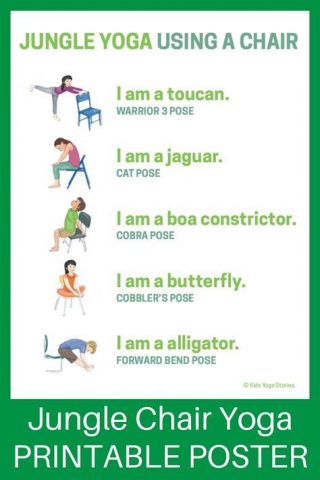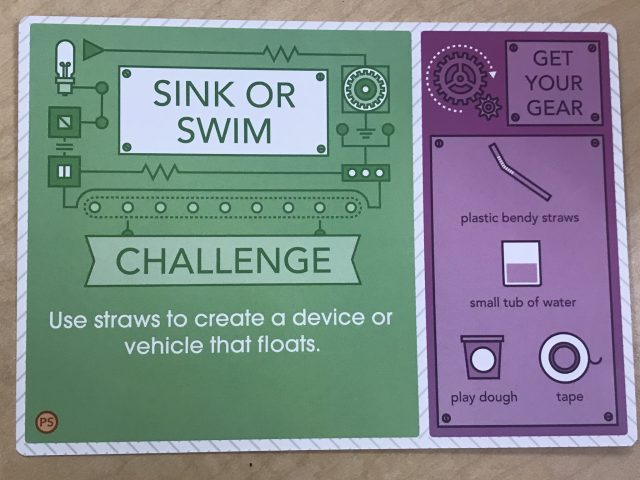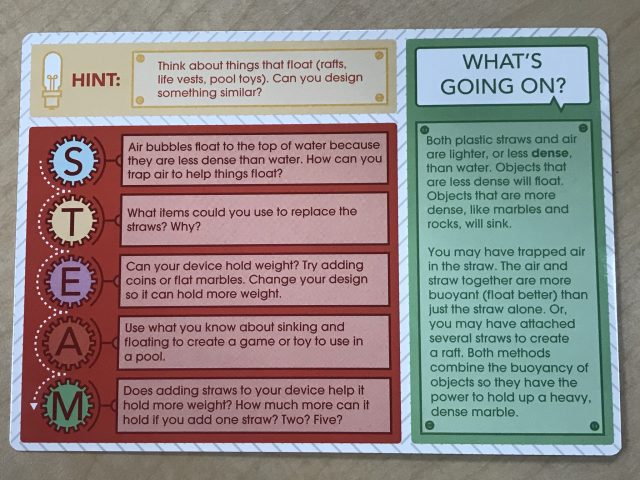Hi Team!

I hope you’re having a good last week! I wanted to share some last ideas of things you can do, since I just heard last night that the Vancouver Aquarium will be opening again! It will be open with some new rules on June 26th (e.g. face masks are necessary for everyone over the age of 3, and you will need to purchase a ticket ahead of time with a specific window of time, etc) but I am so excited to hear that the Aquarium is opening again – did you know that this has been the longest it has EVER been closed? In 64 YEARS!!!
Instead of getting to do our class field trip with Div. 12 to the Aquarium, you can take an afternoon to do an at home field trip!! Pack yourself a lunch, settle in front of a device, and take a look at the different web cams that you can watch aquatic creatures from!
There is my personal favourite, the penguins: https://www.vanaqua.org/visit/live-cams-penguin
There is the adorable sea otters: https://www.vanaqua.org/visit/live-cams-sea-otter-cam
You can also see those guys from under water! Over here: https://www.vanaqua.org/visit/live-cams-underwater-otter
There is also the super cool jellyfish: https://www.vanaqua.org/visit/live-cams-jelly-cam
After you’ve browsed the webcams, here are some ideas of crafts and activities you could do!
You can make this fun jellyfish guy out of craft supplies you find around the house! You can even make it a moving jellyfish by cutting a line into the plate and gluing your jellyfish onto a popsicle stick! (super-detailed instructions can be found here if you’d like more information on how this example was made!)
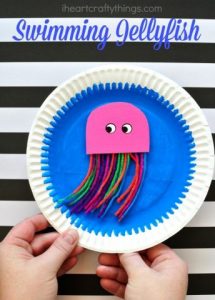
Here is a REALLY COOL science experiment you can do to make a jellyfish at home!! Here is the video on how you can do this: https://www.youtube.com/watch?v=SmJk1rZ35LY
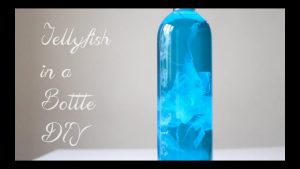
If you’re looking for a drawing challenge, here is a website that shows you how to DRAW some really cute otters otters!
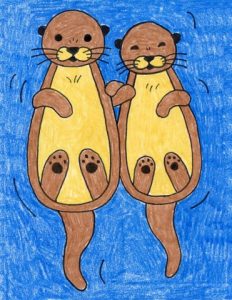
Here is a presentation on penguins that you can practice reading! After you’ve read it with someone, and practiced a little, you could even give a penguin presentation! What can you tell them about penguins? What do they look like? What do they eat?
The Monteray Bay Aquarium also has a live cam of their penguin habitat, so you could compare the penguins! Do they look similar? Are they doing the same things? Does the environment look similar, or different?
You can also watch this video about African Penguins with someone: https://www.youtube.com/watch?v=VPveNFudKro
And then here is a short video of some really cute (funny) moments with an African penguin named Chocolate! https://www.youtube.com/watch?v=ajkEDHZH5rI
Here is a penguin science experiment you could try!!


